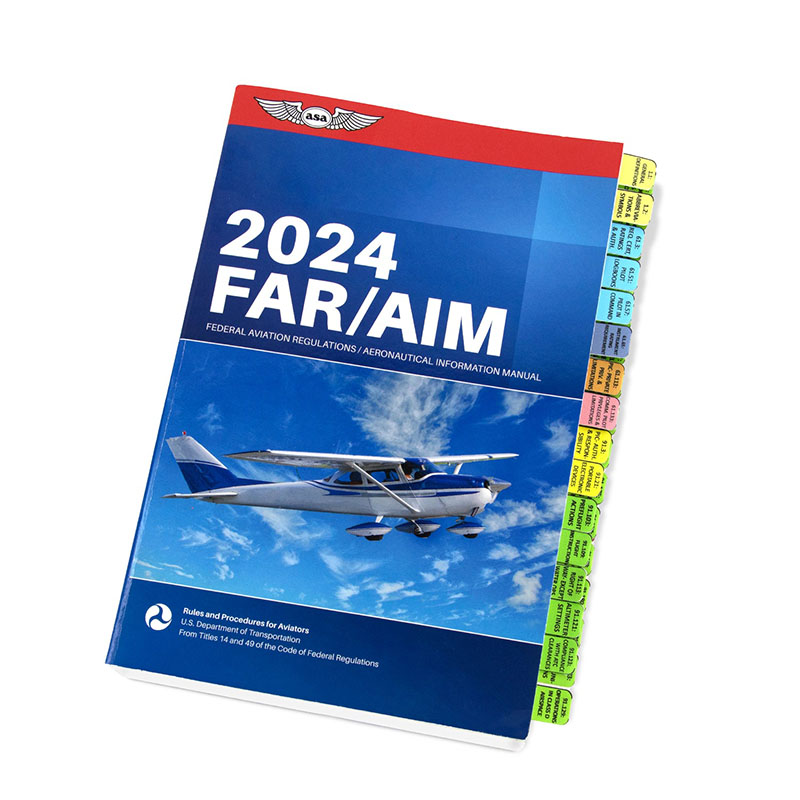Ever dreamed of soaring through the skies as a pilot? If you’ve stumbled upon this, chances are you have and are now weighing out your options to begin your flight training. However, before we can help you become a “Superior” pilot, there’s a crucial choice to make: which Federal Aviation Regulation type of training is right for you and your ultimate goal? At the heart of this question, there are two main Federal Aviation Administration (FAA) regulations any aspiring pilot needs to consider when it comes to flight training, Part 141 and Part 61.
Part 141 vs. Part 61 Flight School
The FAR Part 141 curriculum provides students with a highly structured and approved training path by the FAA. Under this program, flight schools like Superior Flight School, must adhere to rigorous standards set by the FAA, including an approved curriculum, certified instructors, comprehensive lesson plans, and regular stage checks to assess student proficiency throughout their training. SFS distinguishes itself from other flight schools with its unique FAA approval under FAR Part 141.55(e). This allows them to offer an accelerated path to the initial Commercial Pilot License, requiring only 50 flight hours compared to the typical 120 hours mandated for most FAA Part 141 flight schools.
In contrast, FAR Part 61 programs offer scheduling flexibility, ideal for those with limited availability. However, it requires 250 hours for a commercial pilot license. Part 61 students can progress at their own pace and tailor training to their specific flying interests.
Choosing between Part 141 and Part 61 flight training programs is a crucial early decision for pilots. Understanding these two Federal Aviation Administration (FAA) regulations is essential, as they shape different training approaches. This knowledge helps students select a program that best aligns with their learning style, schedule, and career goals. This ultimately sets the foundation for their aviation journey.
Training
Part 141:

- Part 141 curriculum offers students a highly structured training path, as it is mandatory to get the Federal Aviation Administration (FAA)’s approval for the program’s curriculum, instructors, lesson plans, and stage checks at the end of each course. Flight schools must meet rigorous requirements to provide this type of training to its students.
- Part 141’s structured, regulated curriculum earns it a respected reputation among several aviation employers.
- Some Part 141 schools like SFS, also hold self examining authority on courses which helps avoid significant delays associated with checkrides that need a DPE.
Part 61:
- Part 61 allows for more flexibility in scheduling and is designed mainly for individuals who may have other commitments that limit their availability in full-time flight training.
- Students can move at their own pace and focus on the specific type of flying they want to do.
Previous Education
Superior Flight School works in tandem with educational institutions for students who are looking to obtain their bachelors degree while in flight training.
Part 141’s structured and rigorous program often holds students to the expectation of obtaining either a highschool diploma or GED. Like part 61, part 141 courses align themselves with educational institutions that offer degrees in aviation or similar to help students on their path to obtaining a degree from a higher education institution.
On the other hand, Part 61 flight schools do not require previous education, such as a highschool diploma or a college degree. However, the flexibility of the program does allow students to obtain their degree while in flight school.
Can You Switch from Part 61 to Part 141?
In short, the answer is yes. When transitioning from a Part 141 to Part 61 course, students need to consider several factors. First, the syllabus in the Part 141 course requires students to assess their previous training and determine where they fit into the syllabus requirements. For example, differences in flight hours may mean students will have to catch up when switching programs. Additionally, there may be other gaps in training that students must address to meet the Part 141 requirements.
Do Airlines Prefer Part 141 to Part 61?
In the “high-flying” world of aviation, regardless if an individual decides on Part 141 and Part 61 while completing their flight training. Although there is not a singular preference and there are several factors that go into an airlines’ decision to hire a pilot, Part 141 is held at a higher regard for employers. While pilots from both FAR Parts are hired, the standardized curriculum of Part 141 programs appeal to certain employers seeking pilots with this type of regulated flight experience. However, Part 61 remains a perfectly valid path to becoming a professional airline pilot that can open the doors to a multitude of aviation career opportunities.
In conclusion, enrolling at Superior Flight School marks the first step toward a successful aviation career, regardless of the specific path one ultimately chooses. Many begin their flight training driven solely by the dream of becoming a pilot, unaware of the diversity of this industry. It’s crucial to select the right Part that aligns with one’s personal preferences, lifestyle, and long-term goals. For those unsure of their direction, that’s perfectly acceptable – take time to explore and understand the various options available. Contact SFS for more information regarding their flight training programs at admin@superiorflight.com.
